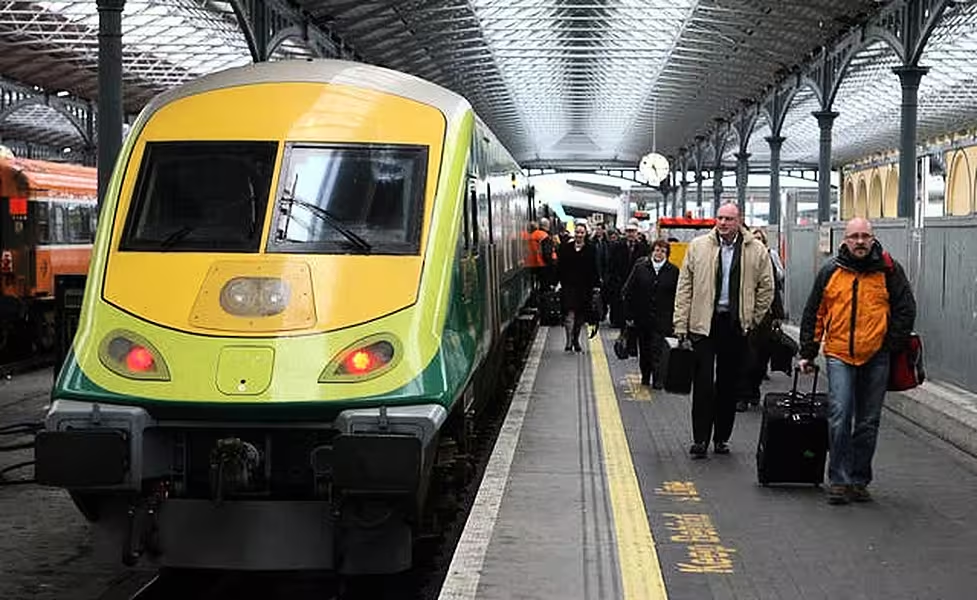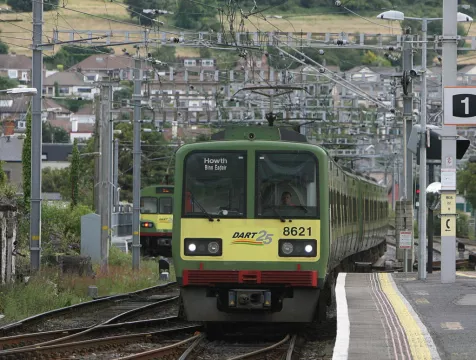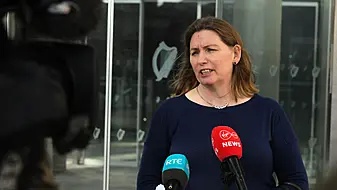A free public transport system should be costed as an option to encourage uptake of public transport in Ireland, an Oireachtas committee report on the transport sector has said.
The Joint Committee on Environment and Climate Action Report published a report on reducing emissions in the transport sector by 51 per cent by 2030.
The committee recommended that the Minister for Transport Eamon Ryan should consider the benefits and feasibility of free public transport.
In 2017, Ireland had the third highest level of emissions of greenhouse gases per capita in the EU with Ireland’s emissions being 51 per cent higher than the EU average.
The transport sector is responsible for around 20 per cent of Ireland’s overall CO2 emissions with private cars being the largest contributors to transport emissions.
The National Transport Survey 2019 showed that, in Ireland, around 74 per cent of all journeys were made by car.
This rose to over 80 per cent in thinly populated areas and decreased to around 60 per cent in densely populated areas.

In addition, around 67 per cent of all one-person journeys in 2019 were by private car.
Among its 47 recommendations, the Environment and Climate Action Transport Report recommended the development of a “green network” of cycling and pedestrian routes.
The committee said this would provide safe alternative access to towns or villages and key amenities from homes in surrounding area.
It also called for a review of future road construction projects and whether substantial investment should be allocated to projects such as remote-working hubs and sustainable transport modes.
It also urged a move to zero emission vehicles for all home delivery services and increased use in non-motorised cargo bikes and trikes in urban areas.
The committee also recommends the increased use of delivery lockers/banks be explored.
Brian Leddin, chairman of the committee said the report points the way towards how the state achieves the necessary reduction in transport emissions.
“It seeks to embed the ‘avoid-shift-improve’ approach into our transport and mobility infrastructure planning,” he added.
“Reducing transport demand must be the first and key priority, followed by shifting carbon-intensive journeys to zero carbon modes such as walking and cycling, and by providing sustainable public transport in both rural and urban areas.
“Electrification of our public transport and freight fleet is the necessary third step, and finally, the electrification of private vehicles.
“This report challenges the conventional ‘predict and provide’ approach and legacy of poor planning that has induced traffic and car dependency, driven road construction and high greenhouse gas emissions, with their resulting adverse consequences for our economy, our health, our society and our environment.”







